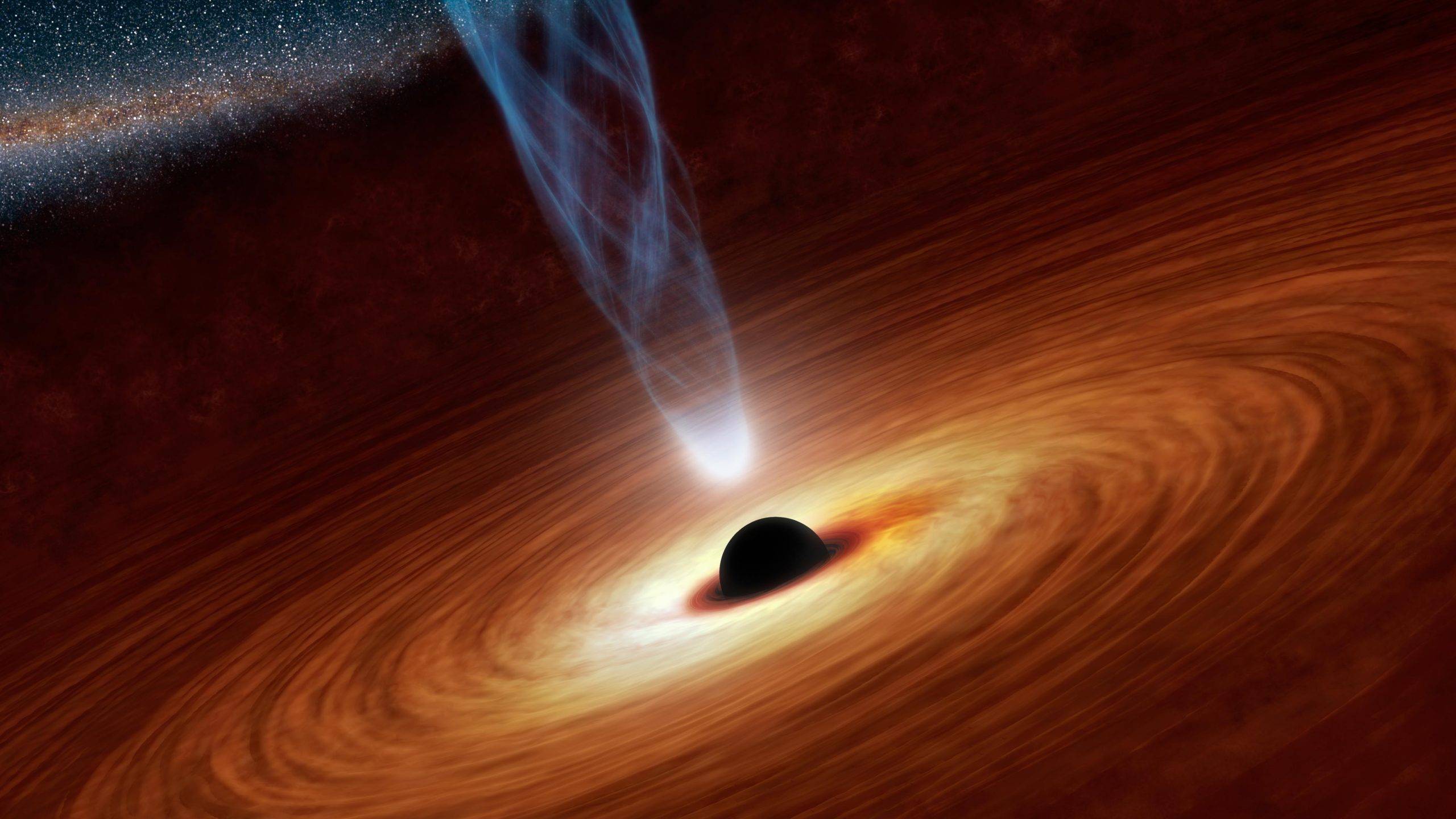Grades: 3-12
Duration: Field Trips duration is ~3 hours and includes: 60-minute interactive lesson, 30-minute lunch break, 60-minute Observatory time including solar viewing and meteorite discussions, and approximately 30 minutes of unstructured time for snacking, restroom visits, and chaperone/teacher led exploration of the site.
Availability: Field Trips duration is ~3 hours and includes: 60-minute interactive lesson, 30-minute lunch break, 60-minute Observatory time including solar viewing and meteorite discussions, and approximately 30 minutes of unstructured time for snacking, restroom visits, and chaperone/teacher led exploration of the site.
NGSS Connection: 1-ESS1-1, 5-ESS1-1, MS-ESS1-2, HS-ESS1-3
Location : SNCO Campus
Pricing: $250/program; maximum of 35 students. Includes nature center and observatory admission.
Description:
The sun is the closest star that we can see, and the only star in our solar system. By observing and understanding how the sun functions and changes, we can apply that information to the stars we see at night. While we are only seeing star light at night, we can generalize that that star is behaving similarly to our own. Students will view the sun through a telescope equipped with special filters to make viewing safe.
Learning goals:
- Describe Earth’s position in the solar system and its movement.
- Recognize the rotation of the Earth on its access making a full rotation every 24 hours, creating our day night cycle.
- Explain the relationship between the cycle of seasons and the tilt of the Earth on its axis.
- Recognize that the sun’s gravitational pull holds the Earth and other planets in their orbits, just as their gravitation does with their own moons.
- Describe star life cycles and categorization of stars in our universe.

